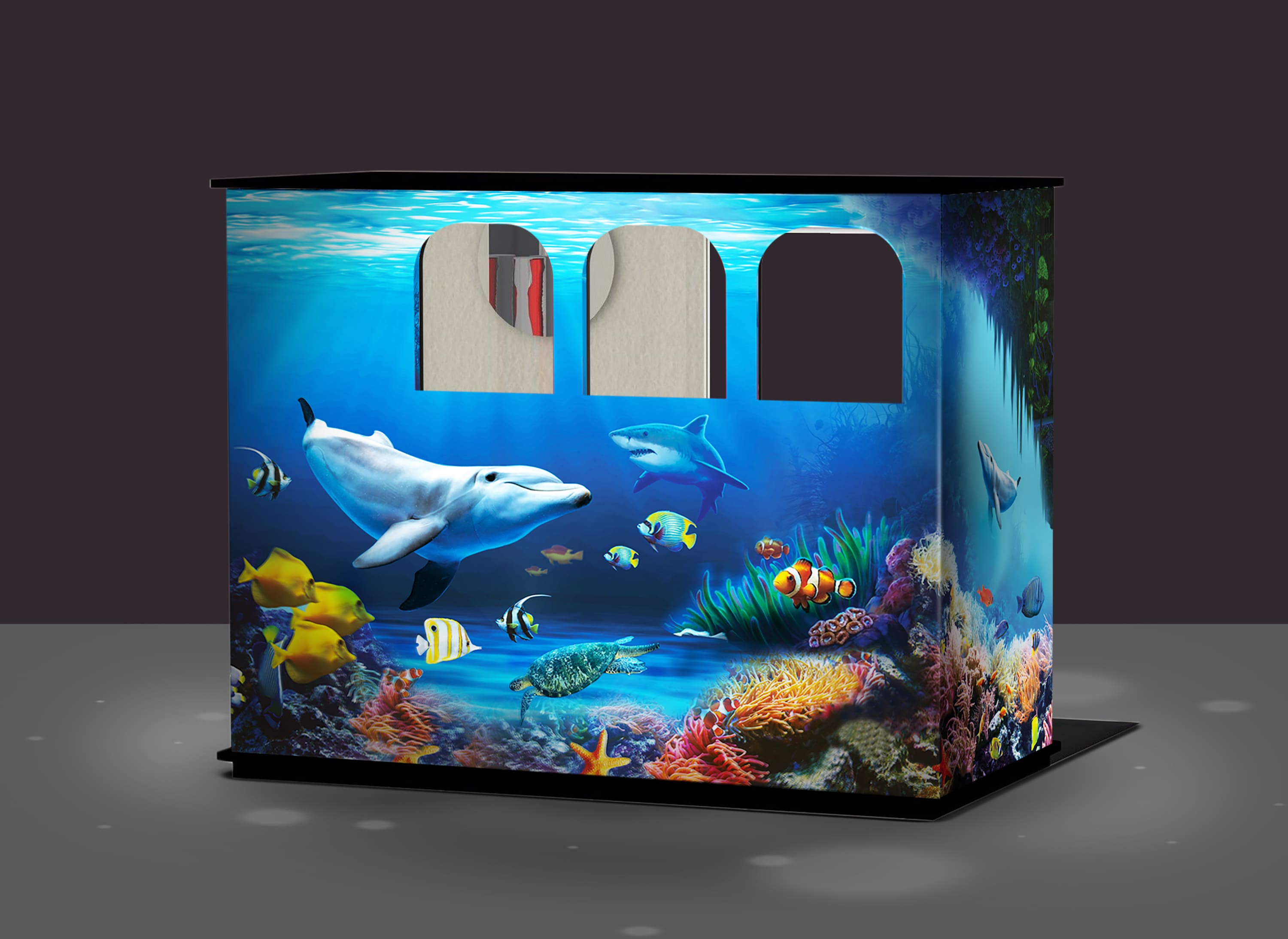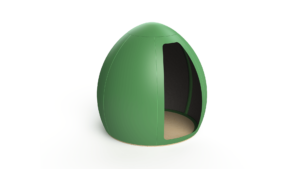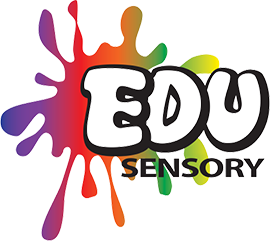Positive Outcomes Of Sensory Spaces

Clinically Designed Sensory Escape Spaces can provide benefit for children requiring a calming/ retreat/ withdrawal space and/or more controlled active learning space within the traditional classroom environment.

Summary of positive outcomes
- Calming/ Relaxation
- Sensory Stimulation
- Utility as a teaching/ learning space for academic readiness
- Reduces distractions
- Acquisition of transferrable skills (e.g play skills, visual tracking, gross/fine motor skills)
- Child enjoyment/ leisure
- Mechanical switch usage skill acquisition
- Improves attention and engagement in classroom activities
- Helps to build positive relationships and trust/ rapport
- Utility as a space for assessment
- Lower Levels of Stereotyped Behaviour under both high and low levels of carer attention
Overall, the studies reported positive effects of school-based multi-sensory environments on the behaviour and engagement of children with developmental conditions such as autism, as well as those with behavioural challenges. However, definitive conclusions cannot be drawn from this literature due to the low experimental rigour of studies and the sparsity of peer-reviewed reports. A number of themes emerged from the available literature, suggesting that the use of multi-sensory environments for calming and targeted teaching of skills may be expected to yield improvements in student attention, skill acquisition and behaviour both inside the multi-sensory environment and in the traditional classroom.
Source: Design, Use And Effectiveness of Sensory Spaces For Children, Clinical and Architectural Considerations, The University of Newcastle, 2020
Tag:WordPress
